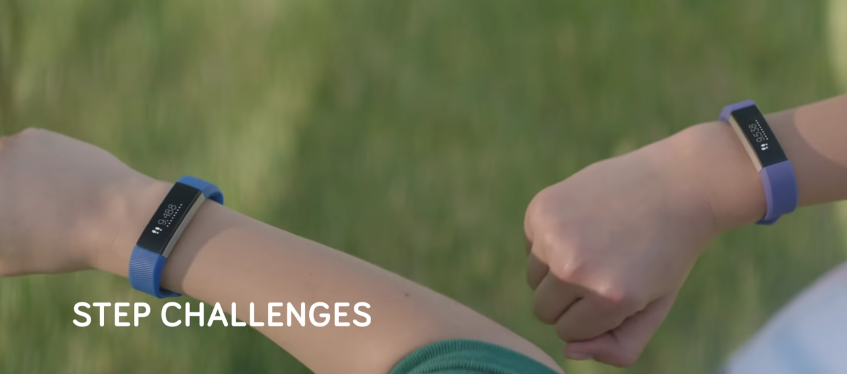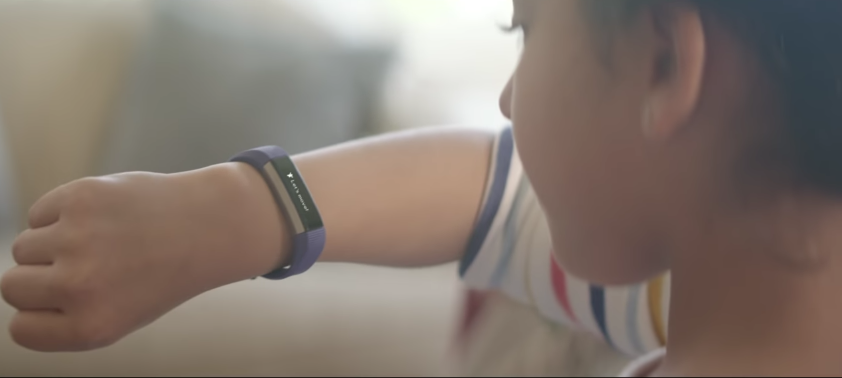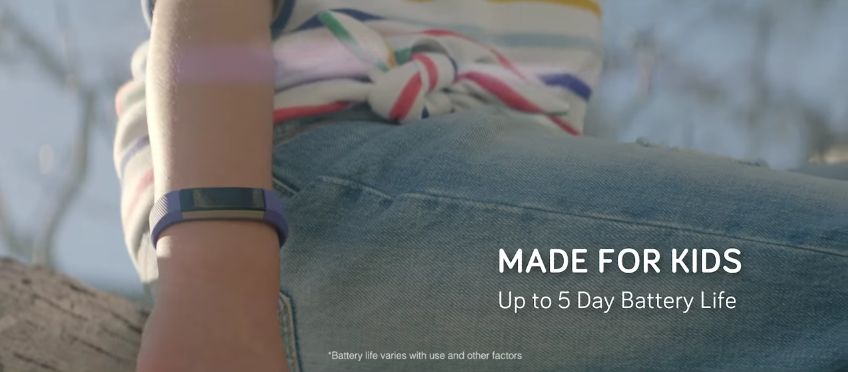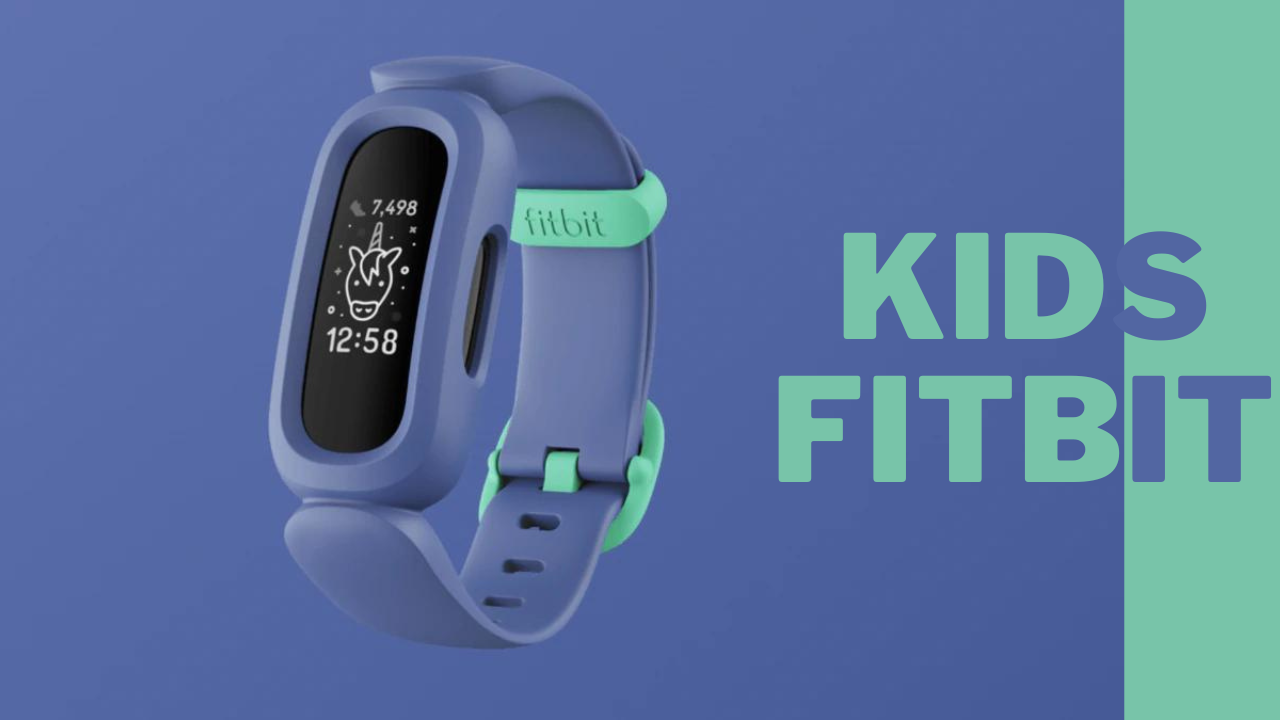Kids Fitbit: Benefits of fitness trackers for children
- 1 Key Specifications for Kids Fitbits
- 1.1 Benefits of Using Kid’s Fitbit Devices
- 1.2 Ensuring Safety and Privacy
- 1.3 Age-Appropriate Fitness Tracking
- 1.4 Gamification and Motivation for Physical Activity
- 1.5 Parental Controls and Monitoring Using Kids Fitbit
- 1.6 Choosing the Right Fitbit for Your Child
- 1.7 Key Fitbit Kids Models Comparison
- 1.8 Addressing Common Concerns and Misconceptions
- 1.9 Integration with Educational Initiatives
- 1.10 Pros and Cons of Kids Fitbit
- 2 Conclusion
In Short
- Fitbit released the Ace 3, Inspire 3, and Charge five activity trackers for youngsters aged 6–13. Wearable equipment lets kids track their heart rate, sleep, steps, and active minutes.
- By rewarding children with badges or trophies, providing activity and sleep data to help them live a healthy lifestyle, and offering family fitness challenges, Fitbit can encourage physical activity in children. This has benefits, but parents may worry about privacy, age-inappropriate measurements, and statistics.
- When buying a Fitbit for your child, age-appropriate features, fit and size, longevity, battery life, water resistance, and pricing are most crucial. Choose a model by reading reviews and assessing your child’s needs.
Fitbits may track fitness, but they shouldn’t replace parents having honest discussions with their kids about developing an inner drive for fitness, health, and strong self-esteem—motivation that can’t be measured in terms of accomplishments or numbers. Regardless of the instruments we employ, moderation and balance continue to be vital. In recent years, wearable fitness trackers from brands like Fitbit have soared in popularity among adults seeking to monitor daily step counts, calorie burn, sleep patterns, heart health, and more.
Now, Fitbit is bringing similar activity and sleep tracking capabilities to children ages 6 and up through their new Ace, Inspire, and Charge tracker models designed specifically with kids in mind. These wearable devices allow children to monitor personal stats like steps taken, active minutes, hourly movement, resting heart rate, and sleep duration. Some models even offer built-in GPS for tracking distance during outdoor sports.
The trackers and accompanying phone apps utilize brightly colored graphics, cute animated characters, and celebratory messages to encourage kids to stay active and build healthy fitness habits. Fitbits gamifies exercise by letting children earn interactive rewards like points, virtual badges, and on-screen trophies for hitting daily activity targets. Kids can compete in family leaderboards and challenges against parents and siblings as well. But is gifting your child their wearable fitness tracker actually a good idea for their health and development? This guide examines the wellness benefits and risks of using Fitbits with your kids in order to inform that decision.
Key Specifications for Kids Fitbits
| Feature | Fitbit Ace 3 | Fitbit Inspire 3 | Fitbit Charge 6 |
| Age Range | 6-13 years | 10 and up | 10 and up |
| Step Counter | ✔️ | ✔️ | ✔️ |
| Heart Rate Sensor | ❌ | ✔️ | ✔️ |
| GPS | ❌ | ❌ | ✔️ |
| Sleep Monitor | Basic | Advanced | Advanced |
| Price | £49.99 | £69.99 | £139.99 |
| Water Resistance | Waterproof | Water-resistant | Water-resistant |
| Battery Life | Up to 8 days | Not specified | Not specified |
| Additional Features | Family view option, | 20 exercise modes, | Built-in GPS module, |
| Trophies for activity | Sleep score, | Stress-management index, | |
| goals | Can be worn while swimming | Two strap sizes are available |
Benefits of Using Kid’s Fitbit Devices
Fitbit trackers provide parents with useful daily and historical insights into their children’s activity levels, sleep schedules, heart rates, and overall health patterns. The devices also aim to motivate kids to move more and make exercise fun through family step challenges and competitive gamified reward systems for hitting daily movement goals. Used properly, they promise improved fitness literacy and habits.
Ensuring Safety and Privacy

When choosing a Fitbit for your child, safety and privacy should be top priorities.
Consider the following precautions:
- Read Fitbit’s privacy policy regarding data collection
- Setup parental controls and monitoring within the Fitbit app
- Use a family Fitbit account to manage your child’s device
- Customize privacy settings to control data sharing
- Discuss online safety and limiting data access with your child
- Set up two-factor authentication for account security
Take steps to protect your child’s information. Limit data sharing and who can access your child’s account. Also, talk to your kids about online safety practices.
Age-Appropriate Fitness Tracking
While Fitbit offers three tracker models uniquely designed for kids, some standard features on these devices may not actually provide suitable or beneficial metrics based specifically on your individual child’s maturity level and health literacy needs at their given age. Not all data is useful data, especially for developing youth. Assess appropriateness thoughtfully.
Gamification and Motivation for Physical Activity
Fitbits aims to motivate kids using gamification strategies. They can earn trophies, badges, virtual rewards, and on-screen celebrations for hitting daily activity goals. Kids also unlock cute animated characters. Competing in family activity challenges adds motivation. Parents can participate too and compete against their kids. Setting step count battles and weekend fitness challenges encourages healthy competition. This gamified approach helps make exercise fun. Seeing progress toward rewards and scoring points for being active motivates kids to keep moving.
Parental Controls and Monitoring Using Kids Fitbit

Take advantage of Fitbit’s parental control and monitoring features:
- Setup a family Fitbit account to manage kids’ devices
- Control who can access your kid’s profile and data
- Limit outside connections like social media linking
- Review daily activity, sleep data, and trend reports
- Control notifications sent to your child’s device
- Customize goal setting and data dashboard views
- Setup activity reminders and idle alerts
Monitoring your kid’s Fitbit data allows you to observe trends and step in with guidance about physical activity, sleep habits, etc. Adjust goals and dashboard data as needed for their current health needs.
Choosing the Right Fitbit for Your Child
Selecting the right Fitbit device and feature set for your unique child involves carefully weighing factors like appropriate age ranges, band comfort, and durability, battery lifespan, aesthetic preferences, information display relevancy, and affordability. Comparison shopping closely aligned models to needs is highly advised before purchase.
Key Fitbit Kids Models Comparison
| Model | Age Range | Price | Step Tracking | Sleep Tracking | Heart Rate | GPS | Water Resistance |
| Fitbit Ace 3 | 6-13 years | $80 | Yes | Basic | No | No | Swimproof |
| Fitbit Inspire 3 | 10+ years | $100 | Yes | Advanced | Yes | No | Swimproof |
| Fitbit Charge 6 | 10+ years | $180 | Yes | Advanced | Yes | Yes | Swimproof |
Addressing Common Concerns and Misconceptions

Despite potential fitness benefits, some parents understandably worry over drawbacks like data security, device distraction, accuracy issues, or exergame obsession. However, reasonable safeguards can minimize most risks if implemented properly by informed parents.
Integration with Educational Initiatives
As student wearable usage increases, Fitbit is actively researching the impact of this and forging trackers into schools for personalized programs. Before enrollment, understand options and potential learning benefits versus privacy risks.
Note: No fitness tracker can substitute for active parenting, communication, and building a nurturing environment for children’s holistic growth. While Fitbits can assist in quantifying some health factors, they are tools that require thoughtful oversight balanced with emotional support beyond the data. Prioritize your child’s overall well-being first.
Pros and Cons of Kids Fitbit

| Pros | Cons |
| Improved activity tracking insights | Potential obsession over stats |
| Encourages daily exercise & movement | Concerns over data privacy & hacking |
| Motivates with games, challenges, and rewards | Can distract from free play & imagination |
| Enhanced sleep monitoring | Expense risk if child damages device |
| Promotes healthy competition | Accuracy issues could discourage |
| Fosters health literacy & self-quantification | EMF radiation exposure worries |
| Can identify issues like low activity, poor sleep, elevated heart rate | Require active parent management & limits |
Conclusion
Kids Fitbits offer many potential benefits but also come with reasonable concerns. As a parent, you must weigh factors like your child’s age, maturity level, and health conditions, and you need to determine if a fitness tracker will provide value without causing harm. Properly set up, monitored, and discussed openly with your child, a Fitbit can enhance health literacy, encourage active lifestyles, improve sleep health, and provide peace of mind. However, the device itself should never replace active parenting and open communication about healthy habits with your kids. Consider your child’s needs and outlook carefully before committing to this form of wearable technology.
FAQs
Should my child wear a Fitbit?
Consider your child’s age, responsiveness to gamification, health needs, and activity levels. Fitbits can provide great motivation and insights but require limits and guidance.
Is my 10-year-old too young to use a Fitbit with GPS?
GPS tracking offers risks and likely provides little benefit to most 10-year-olds. Opt for basic activity and sleep tracking instead at this age. Reconsider GPS once your child is independently more active outdoors.
Can I see all of my child’s Fitbit data?
When setting up a family account, parents have complete access to view and manage child dashboards, settings, and all activity data tracked. Customize data visibility settings as appropriate.
What should I look for in bands for kids Fitbits?
Look for comfortable, breathable bands that still securely fasten without slipping off smaller wrists. Prioritize durable materials that withstand daily wear and tear. Pick bright colors/prints kids love to encourage consistent wearing.

















